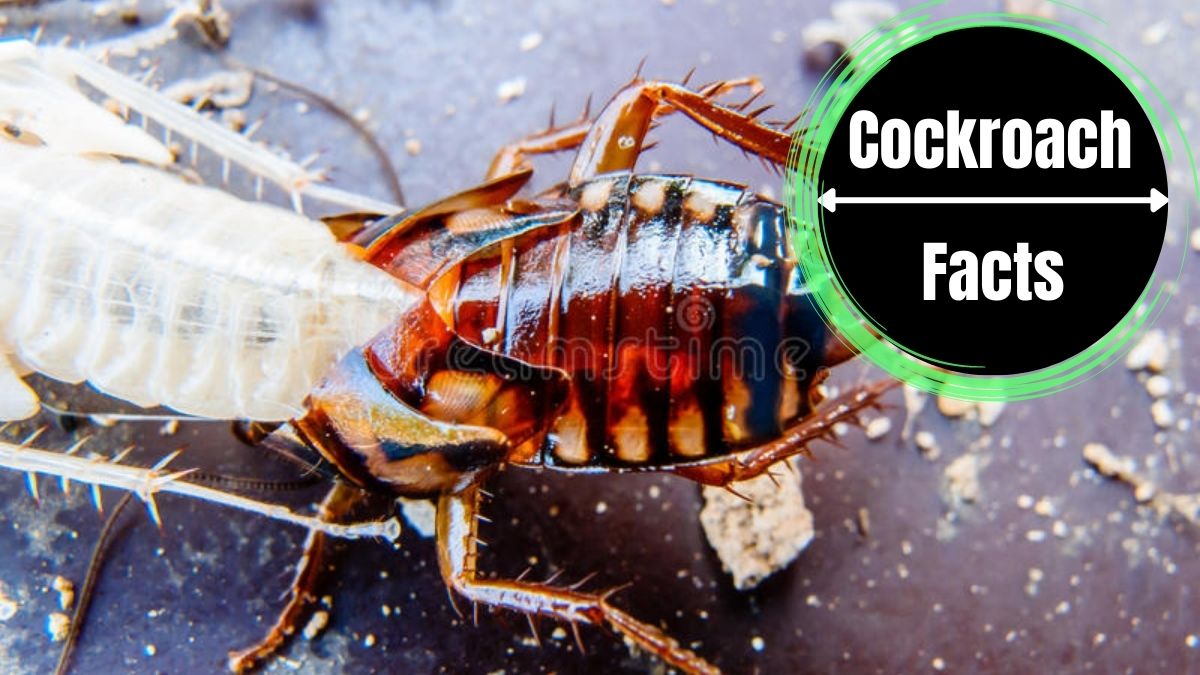Cockroaches are notorious pests that are often found in homes, restaurants, and other places where food and water are available. Despite their unwelcome presence, these insects are remarkable creatures that have adapted to survive in a wide range of environments. One of their unique characteristics is the ability to shed their exoskeleton, or molt, as they grow. This process allows them to replace their old, rigid exoskeleton with a larger, more flexible one that can accommodate their growing bodies.
What is Molting?
Molting, also known as ecdysis, is a process where an animal sheds its outer layer of skin or exoskeleton to grow and develop. This process is commonly observed in insects, crustaceans, and other arthropods. Molting is a crucial part of their life cycle as it allows them to grow and replace their old exoskeleton with a new and larger one.
Why do Cockroaches Shed Their Skin?
Cockroaches have an exoskeleton, which is a hard outer layer that provides protection and support for their bodies. However, this exoskeleton is not flexible and cannot expand as the cockroach grows. Therefore, cockroaches shed their exoskeleton to accommodate their growing bodies. During molting, the cockroach sheds its old exoskeleton and grows a new one.
The Process of Cockroach Molting
Cockroach molting is a complex process that occurs throughout its life cycle. The entire process can take anywhere from a few hours to several days, depending on the species of cockroach and its developmental stage. Here is a step-by-step breakdown of the process of cockroach molting:
Pre-molt Stage:
Before molting, cockroaches will stop eating and become less active. They will also secrete a hormone called ecdysone, which triggers the molting process.
Separation of Old Exoskeleton:
The cockroach will then begin to separate its old exoskeleton from its body. This process is facilitated by enzymes that soften the exoskeleton, making it easier to shed.
Extraction:
The cockroach will then extract its legs, head, and antennae from its old exoskeleton.
Inflation:
The cockroach will inflate its body with air or water, which helps separate the exoskeleton from the body.
Shedding:
The cockroach will then shed its old exoskeleton by pushing itself out of it. It will use its legs to pull its body out of the old exoskeleton, leaving behind a thin and fragile new exoskeleton.
Hardening:
The new exoskeleton will then harden and darken over the next few hours, providing protection and support for the cockroach’s body.
Post-molt Stage:
After molting, the cockroach will be vulnerable to predators and will need to stay hidden until its new exoskeleton hardens completely. It will also need to consume a lot of water and food to replace the lost body mass.
Conclusion
Cockroach molting is a fascinating process that allows these pests to grow and develop throughout their life cycle. While it may seem like a minor inconvenience, it is a crucial part of their survival and adaptation to their environment. Understanding the process of cockroach molting can help you better understand these pests and develop effective pest control strategies.

